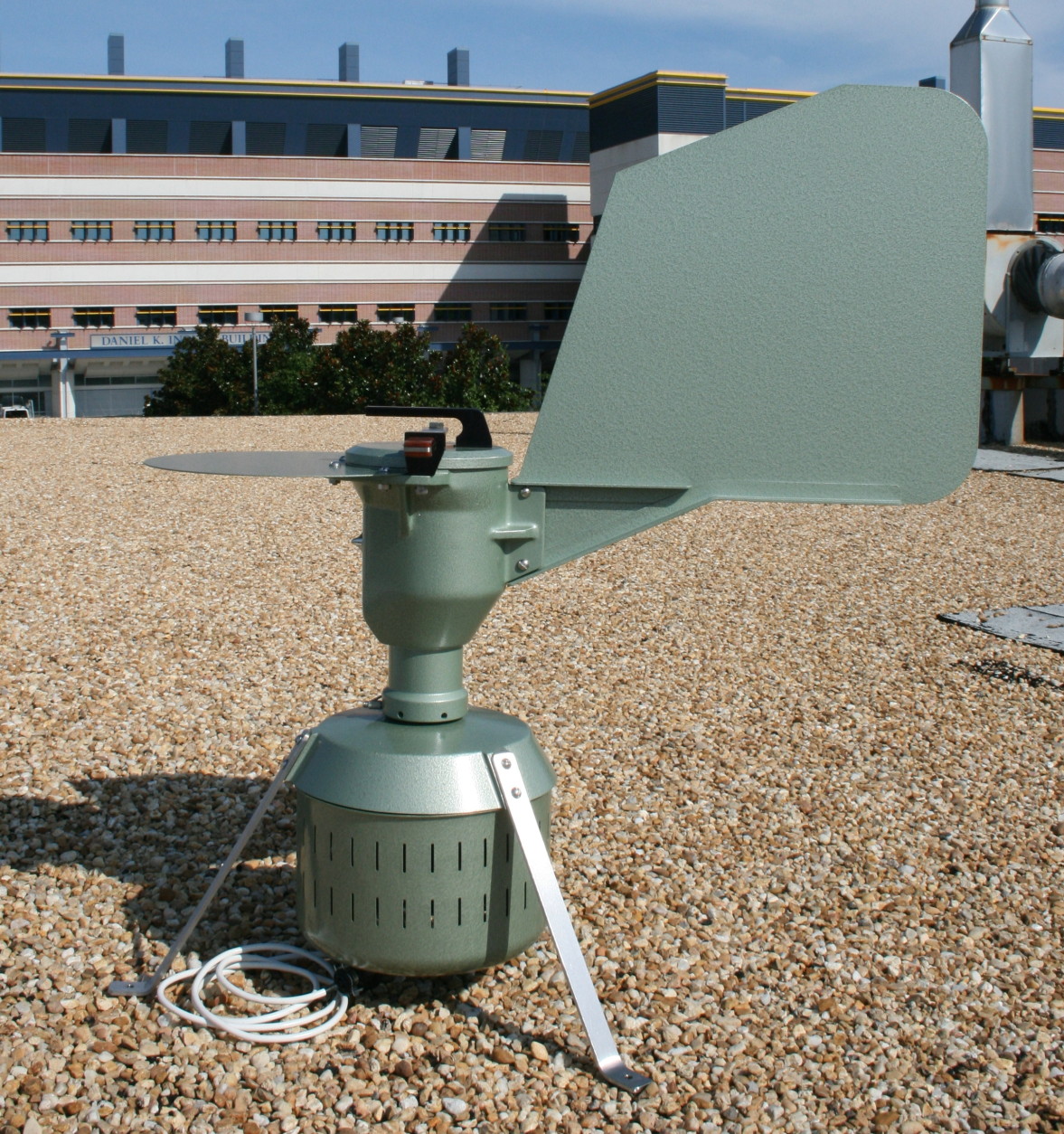
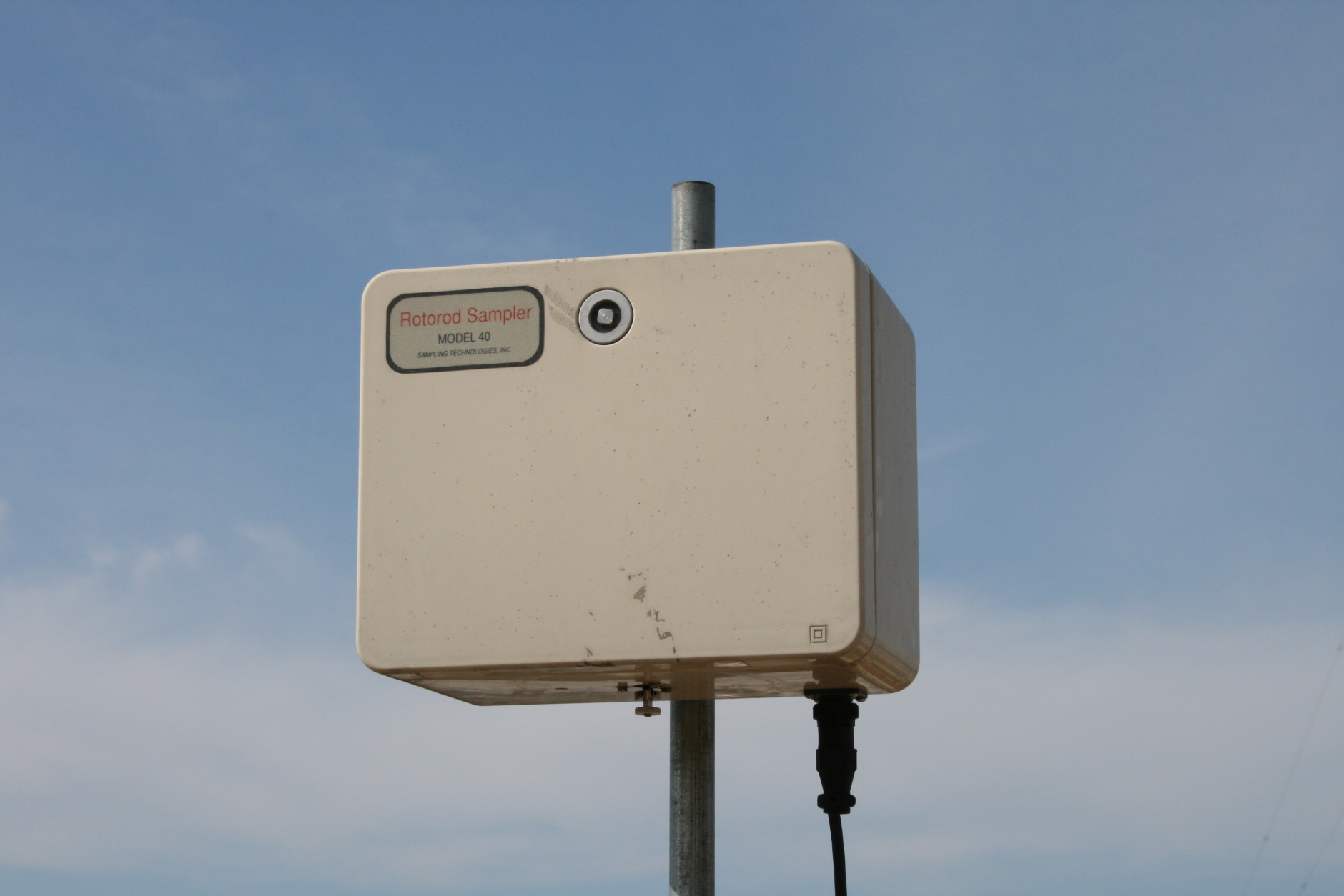
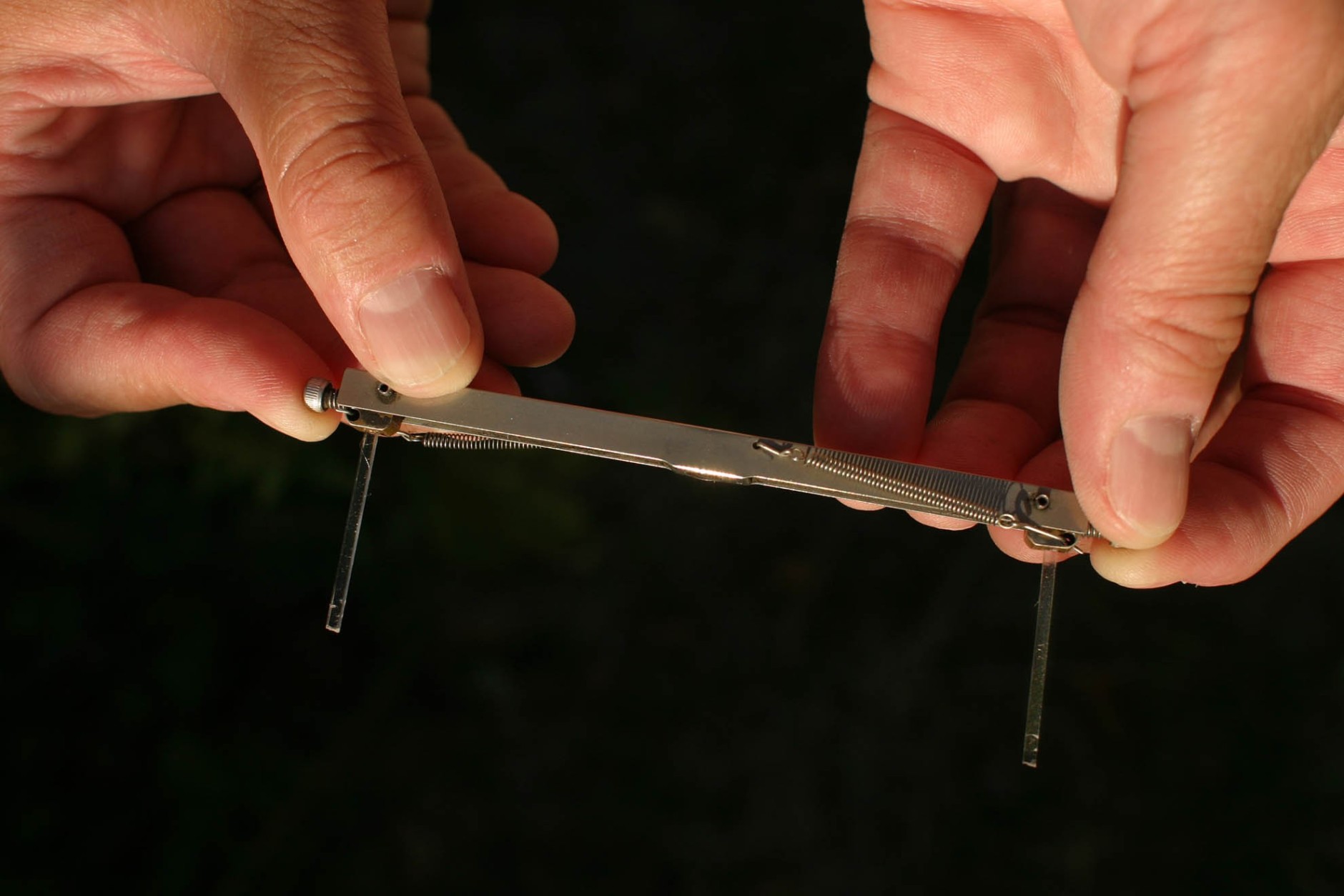
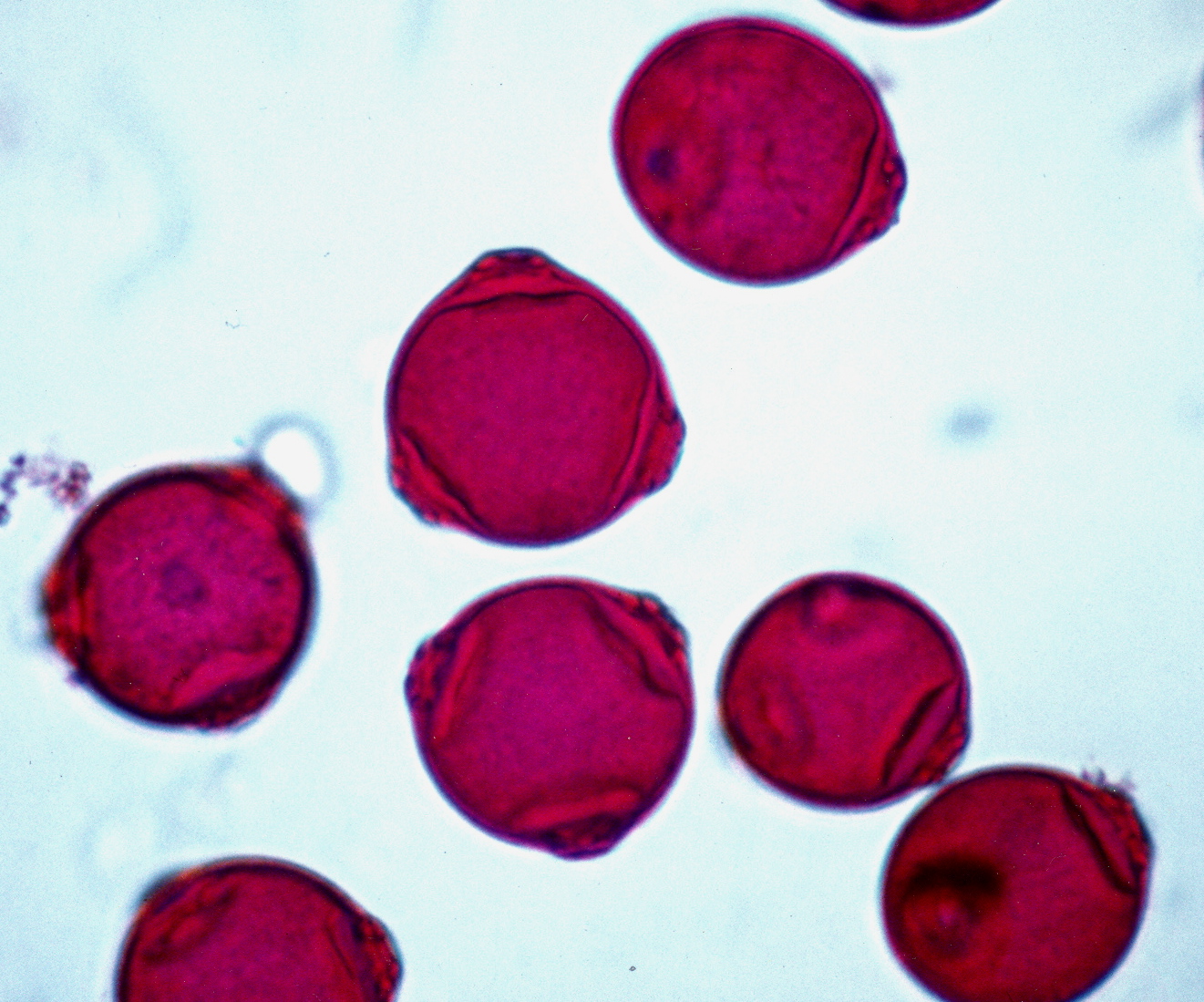
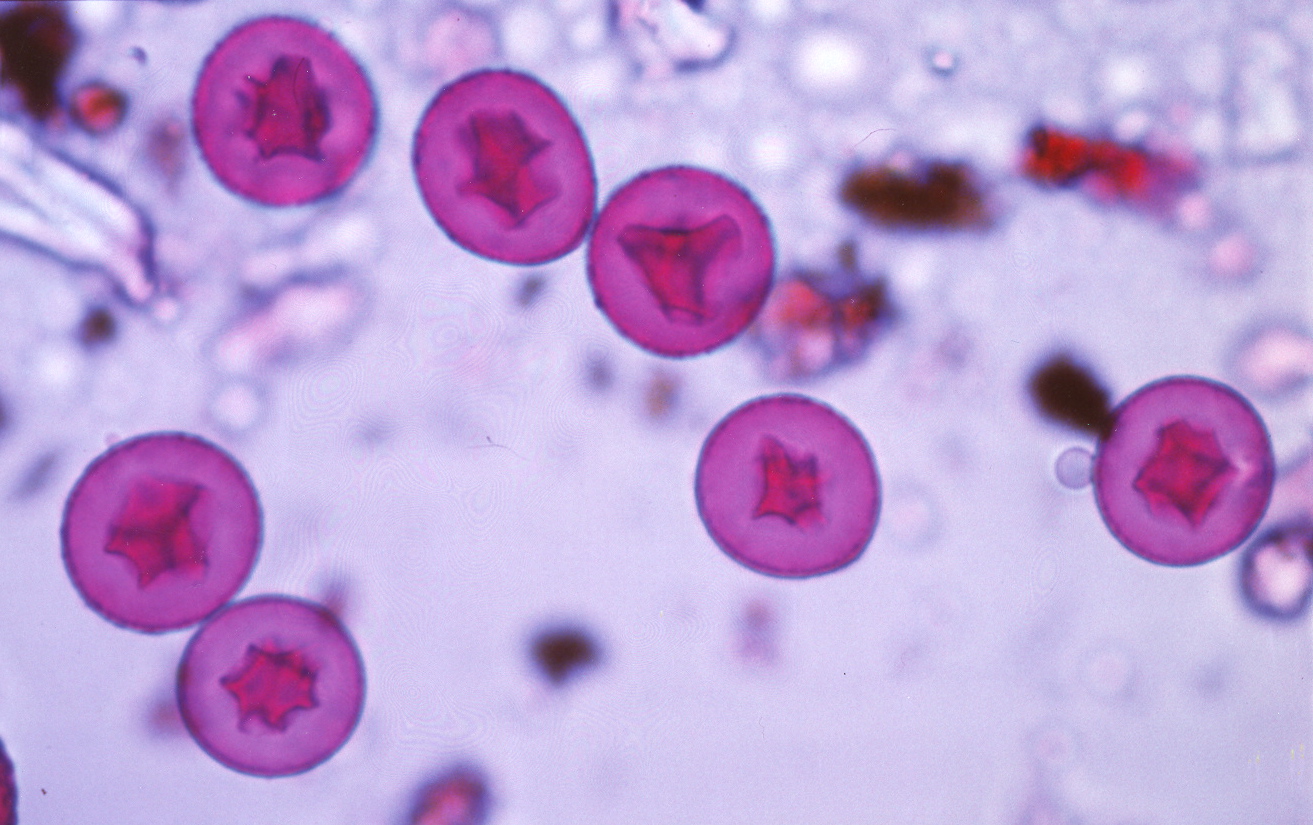
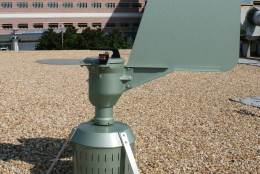
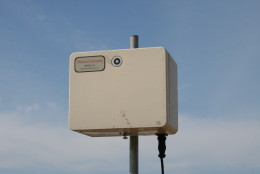
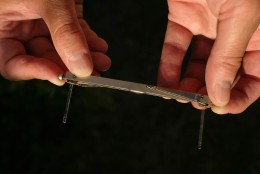
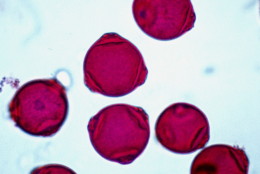
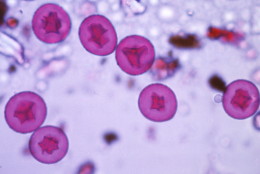
WASHINGTON — The record cold temperatures and seemingly omnipresent snow in the Washington, D.C. area caused plenty of misery, but also had an upside — minuscule tree pollen levels.
Now, with warming temperatures, is a “pollen vortex” likely?
“We have been so below average,” says Susan Kosisky, chief microbiologist for the U.S. Army Centralized Allergen Extract Lab, in Silver Spring. “Usually by this time we’ve seen some of our birches, our alder pollen, which is part of the birch family, maples, elms, and the cedar/cypress/juniper family.”
During frigid February, pollen was tough to come by, with a daily average under 1 grain per cubic meter of air, says Kosisky.
And the cold hasn’t let go until recently.
“For March, the daily average from 1998 to this year, we should be about 114 grains per cubic meter for pollen, and we were at 1-point-3 grains per cubic meter,” says Kosisky.
So, will the warmer weather cause an unusually high spike in tree pollen levels?
“As soon as it warms up, I expect the trees that have been much delayed or repressed, due to the cold and the snow, are going to start flowering,” says Kosisky. “We’ll probably see some of those elms, and maples, and birches, the cedar/cypress/juniper family members that we should have already seen by now, start to pollinate.”
Kosisky says last year’s very cold weather prompted some to be concerned about super-high counts — a so-called “pollen vortex.”
“And what we saw last year was really a very average year,” says Kosisky. “The counts were late, but they were pretty much average with respect to our peaks — in other words, we didn’t see that super-high count that I think a lot of folks were expecting.”
The Army began sampling pollen and mold spore aeroallergens in the 1980s, at Walter Reed Army Medical Center. In the late 80s, the lab was certified as a sampling center under the National Allergy Bureau, which is a section of the American Academy of Allergy, Asthma and Immunology.
In addition to its daily pollen count, the lab keeps nearly 300 allergen extracts in stock to create allergen immunizations for servicemembers around the world.
Kosisky says pollen counts are very weather-dependent, and trees react differently to weather factors, which makes it difficult to foresee whether the cold and snowy winter will mean a miserable spring and summer for allergy sufferers.
“It’s so hard to predict,” says Kosisky. “Last year we thought we would have this ‘pollen vortex’, but it didn’t pan out that way, so it might be an average year.”








